With the increasing popularity of Java applications, front-end development has increasingly become an important part of the development process. However, compared with front-end development with comprehensive front-end technology, Java developers often feel powerless. In this case, using Bootstrap for front-end development becomes a universal solution.
Bootstrap is a popular open source front-end framework. The framework provides a wide range of CSS and JavaScript components for quickly and easily creating websites with responsive layouts and beautiful designs. Due to the wide range of usage of Bootstrap, we can use Bootstrap for front-end development in Java API development.
The first thing you need to understand is that there are many advantages to using Bootstrap in Java API development. Since Bootstrap is a responsive front-end framework, it can easily support adaptation to different sizes and user devices. Additionally, since most Java developers are familiar with using Java IDEs such as Eclipse or NetBeans, using Bootstrap for front-end development is very convenient.
Next, let’s take a look at how to use Bootstrap in Java API development. First, you need to introduce Bootstrap’s CSS and JavaScript files into the HTML file. This can be achieved through the following code:
<link rel="stylesheet" href="https://cdn.jsdelivr.net/npm/bootstrap@5.0.1/dist/css/bootstrap.min.css" integrity="sha384-0to76pxVsIsWN7k8hSiQ/fqs7Ys4g3TiQVZ7xhXJGNQUgPiKF7cbxBzLL3JbgwPP" crossorigin="anonymous"> <script src="https://cdn.jsdelivr.net/npm/bootstrap@5.0.1/dist/js/bootstrap.min.js" integrity="sha384-hl6wuG9qGevMulqfEJQfk9f6eeHqqminnvfAjvltLyjBIonJvQ+DcSmGn8hEDAVv" crossorigin="anonymous"></script>
Next, we can use Bootstrap components to design the web page layout. Bootstrap provides many components, such as navigation bars, tables, buttons, forms, etc., which can be enabled through CSS classes and JavaScript.
For example, to create a navigation bar, you can use the following code:
<nav class="navbar navbar-expand-lg navbar-light bg-light">
<a class="navbar-brand" href="#">Brand</a>
<button class="navbar-toggler" type="button" data-toggle="collapse" data-target="#navbarNav" aria-controls="navbarNav" aria-expanded="false" aria-label="Toggle navigation">
<span class="navbar-toggler-icon"></span>
</button>
<div class="collapse navbar-collapse" id="navbarNav">
<ul class="navbar-nav">
<li class="nav-item active">
<a class="nav-link" href="#">Home <span class="sr-only">(current)</span></a>
</li>
<li class="nav-item">
<a class="nav-link" href="#">Features</a>
</li>
<li class="nav-item">
<a class="nav-link" href="#">Pricing</a>
</li>
<li class="nav-item">
<a class="nav-link disabled" href="#">Disabled</a>
</li>
</ul>
</div>
</nav>The above code will create a simple navigation bar that can contain multiple menu items and drop-down menus. In addition, Bootstrap also provides a variety of tables, forms, buttons and other components to easily design various pages.
Finally, we need to note that the version of Bootstrap may affect its functionality and usage. Java developers need to choose the appropriate version based on their own needs and project characteristics. During use, refer to Bootstrap's official documentation and online communities, and apply Bootstrap plug-ins and templates in a timely manner, which can greatly improve the efficiency and quality of front-end development.
Using Bootstrap for front-end development in Java development will help developers easily implement responsive layout and beautiful design, and improve development efficiency. In the future, I believe that Bootstrap will also show wider application in Java API development.
The above is the detailed content of Using Bootstrap for front-end development in Java API development. For more information, please follow other related articles on the PHP Chinese website!
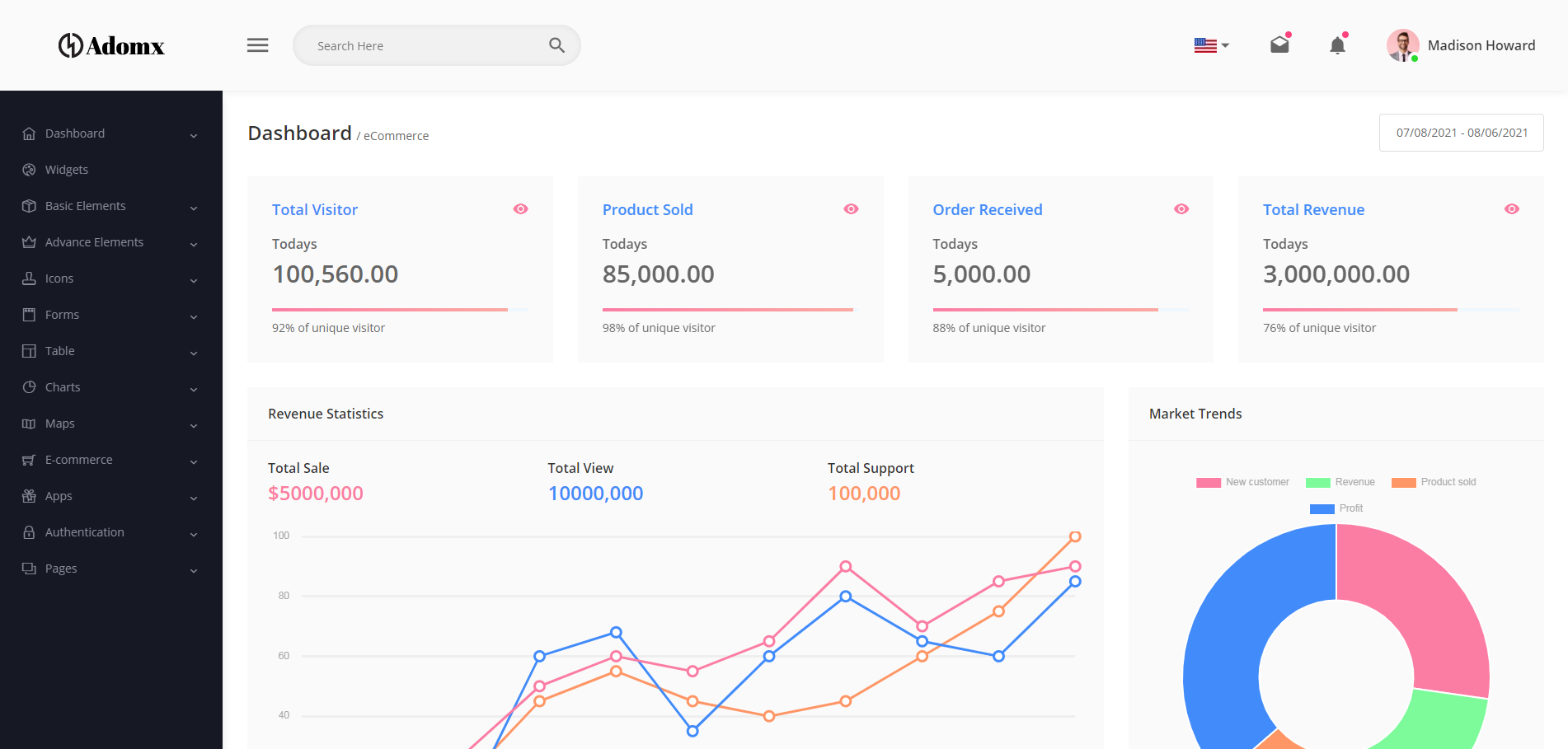 10款好看又实用的Bootstrap后台管理系统模板(快来下载)Aug 06, 2021 pm 01:55 PM
10款好看又实用的Bootstrap后台管理系统模板(快来下载)Aug 06, 2021 pm 01:55 PM一个好的网站,不能只看外表,网站后台同样很重要。本篇文章给大家分享10款好看又实用的Bootstrap后台管理系统模板,可以帮助大家快速建立强大有美观的网站后台,欢迎下载使用!如果想要获取更多后端模板,请关注php中文网后端模板栏目!
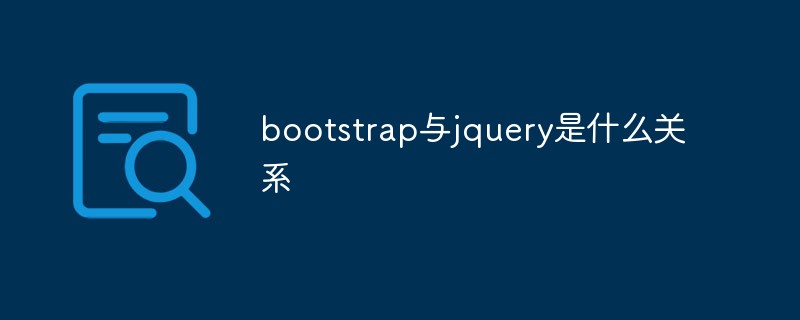 bootstrap与jquery是什么关系Aug 01, 2022 pm 06:02 PM
bootstrap与jquery是什么关系Aug 01, 2022 pm 06:02 PMbootstrap与jquery的关系是:bootstrap是基于jquery结合了其他技术的前端框架。bootstrap用于快速开发Web应用程序和网站,jquery是一个兼容多浏览器的javascript库,bootstrap是基于HTML、CSS、JAVASCRIPT的。
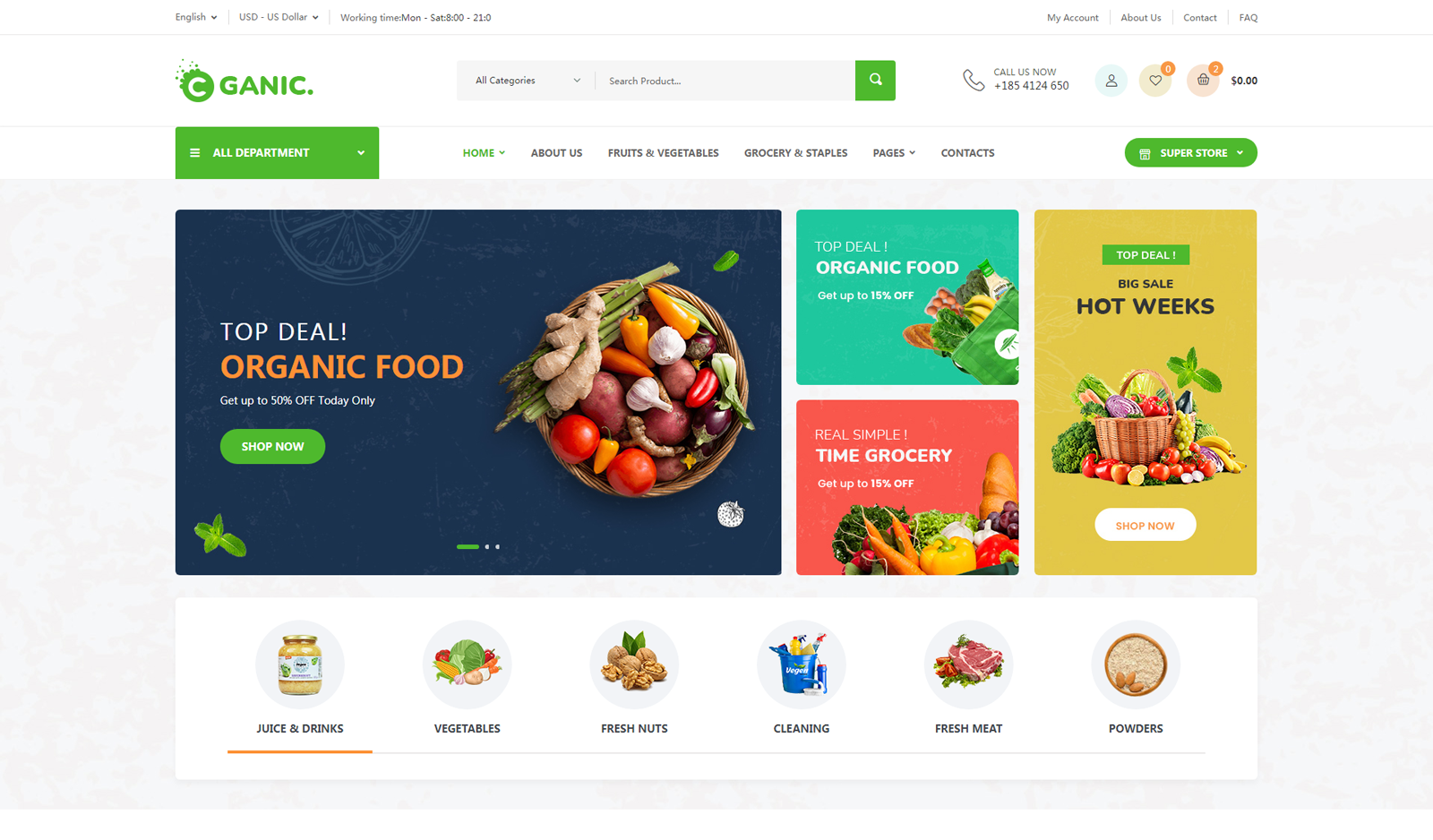 7款实用响应式Bootstrap电商源码模板(快来下载)Aug 31, 2021 pm 02:13 PM
7款实用响应式Bootstrap电商源码模板(快来下载)Aug 31, 2021 pm 02:13 PM好看又实用的Bootstrap电商源码模板可以提高建站效率,下面本文给大家分享7款实用响应式Bootstrap电商源码,均可免费下载,欢迎大家使用!更多电商源码模板,请关注php中文网电商源码栏目!
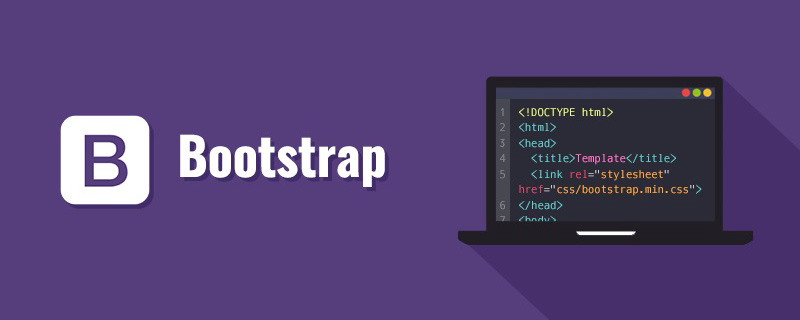 8款Bootstrap企业公司网站模板(源码免费下载)Aug 24, 2021 pm 04:35 PM
8款Bootstrap企业公司网站模板(源码免费下载)Aug 24, 2021 pm 04:35 PM好看又实用的企业公司网站模板可以提高您的建站效率,下面PHP中文网为大家分享8款Bootstrap企业公司网站模板,均可免费下载,欢迎大家使用!更多企业站源码模板,请关注php中文网企业站源码栏目!
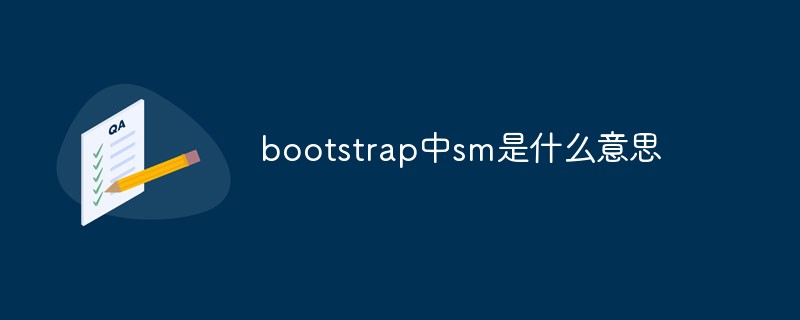 bootstrap中sm是什么意思May 06, 2022 pm 06:35 PM
bootstrap中sm是什么意思May 06, 2022 pm 06:35 PM在bootstrap中,sm是“小”的意思,是small的缩写;sm常用于表示栅格类“.col-sm-*”,是小屏幕设备类的意思,表示显示大小大于等于768px并且小于992px的屏幕设备,类似平板设备。
 bootstrap默认字体大小是多少Aug 22, 2022 pm 04:34 PM
bootstrap默认字体大小是多少Aug 22, 2022 pm 04:34 PMbootstrap默认字体大小是“14px”;Bootstrap是一个基于HTML、CSS、JavaScript的开源框架,用于快速构建基于PC端和移动端设备的响应式web页面,并且默认的行高为“20px”,p元素行高为“10px”。
 bootstrap是免费的吗Jun 21, 2022 pm 05:31 PM
bootstrap是免费的吗Jun 21, 2022 pm 05:31 PMbootstrap是免费的;bootstrap是美国Twitter公司的设计师“Mark Otto”和“Jacob Thornton”合作基于HTML、CSS、JavaScript 开发的简洁、直观、强悍的前端开发框架,开发完成后在2011年8月就在GitHub上发布了,并且开源免费。
 bootstrap modal 如何关闭Dec 07, 2020 am 09:41 AM
bootstrap modal 如何关闭Dec 07, 2020 am 09:41 AMbootstrap modal关闭的方法:1、连接好bootstrap的插件;2、给按钮绑定模态框事件;3、通过“ $('#myModal').modal('hide');”方法手动关闭模态框即可。


Hot AI Tools

Undresser.AI Undress
AI-powered app for creating realistic nude photos

AI Clothes Remover
Online AI tool for removing clothes from photos.

Undress AI Tool
Undress images for free

Clothoff.io
AI clothes remover

AI Hentai Generator
Generate AI Hentai for free.

Hot Article

Hot Tools

SublimeText3 Linux new version
SublimeText3 Linux latest version

Atom editor mac version download
The most popular open source editor

ZendStudio 13.5.1 Mac
Powerful PHP integrated development environment

Zend Studio 13.0.1
Powerful PHP integrated development environment

VSCode Windows 64-bit Download
A free and powerful IDE editor launched by Microsoft





